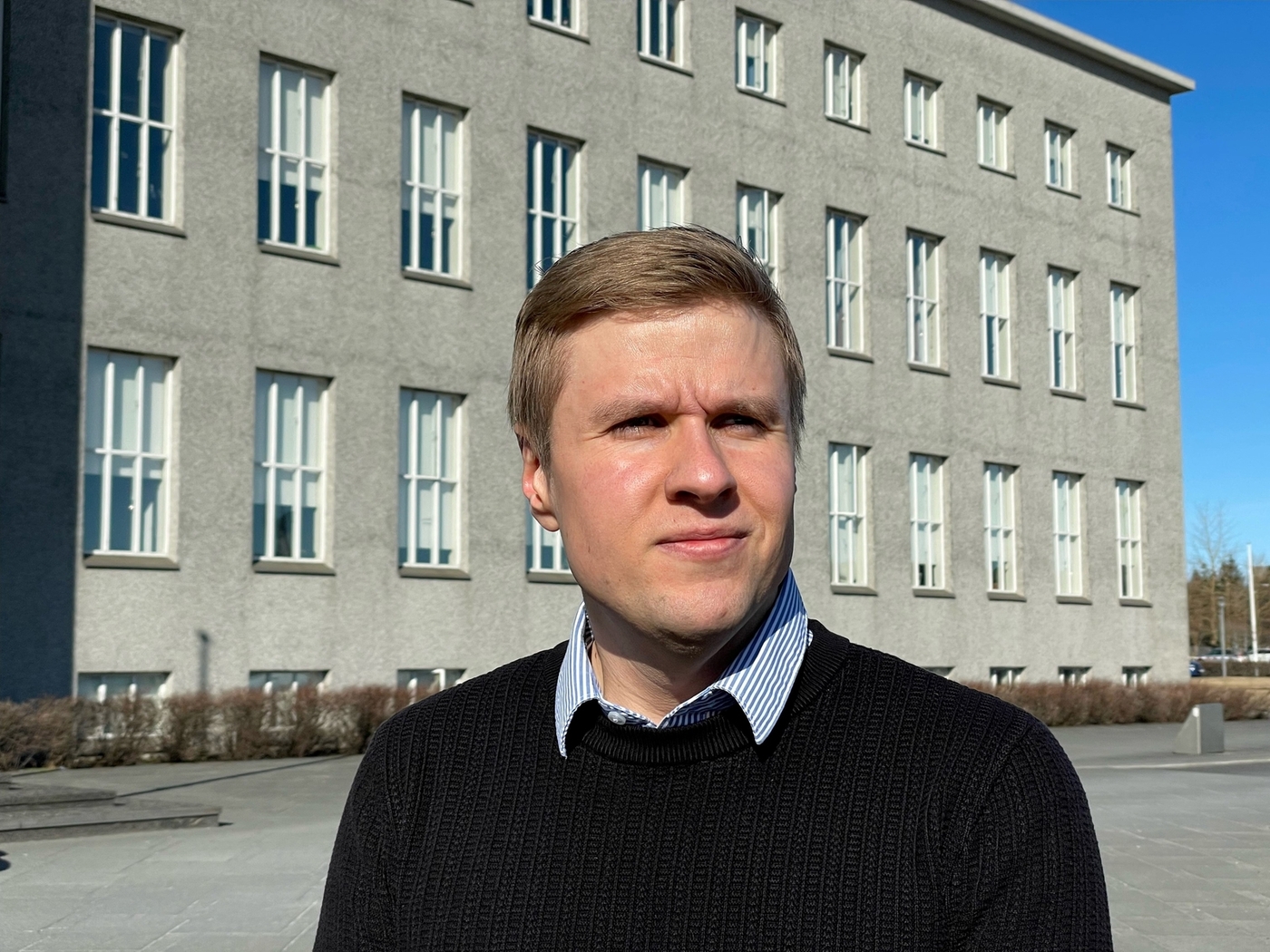Cancer is an incredibly serious disease. Over a third of us will be diagnosed with some form of it in our lifetimes. Cancer has a significant impact on Icelandic society, families and individuals. Every year an average of almost 2,000 new cases are diagnosed in Iceland. Cancer research is essential in the hunt for solutions and treatments. Significant efforts have gone into developing cancer drugs and great progress has been made in recent years. However, drug treatments can cause various problems that require constant consideration in patient care.
"There is evidence that many common anti-cancer drugs accelerate the development of drug resistance when the administered dose is too large. On the other hand, too low of a dose will not have the desired effect. My project involves using simple mathematical models to determine the most appropriate dose in this situation. I want to understand how the most appropriate dose depends on the characteristics of the cancer and the drug. Moreover, I hope to discover a mathematical relationship describing this dependence," explains Einar Bjarki Gunnarsson, a postdoctoral researcher at the University of Iceland, specialising in applied probability and mathematical biology. In recent years, significant progress has been made in harnessing computer modelling and various methods from engineering and systems analysis to expand knowledge in biology, pharmacology and medicine.
"The use of mathematical models to select drug treatments and optimise dose sizes falls within a relatively new field called mathematical oncology," says Einar Bjarki.
"Within that field, the goal is to be able to predict how each individual patient will respond to different drug treatments and use this knowledge to select the best possible treatment option. The hope is that this methodology will lead to new approaches to cancer treatment. In fact, some treatment centres, for example in the US, have already started to apply this methodology."
Einar Bjarki's current project is funded by a UI 2023-2026 Postdoc Grant.
Interested in using mathematics in medicine
Einar Bjarki has always had a fascination with mathematics that went far beyond learning his times tables. He graduated with a BS in mathematics from UI before completing his MS in the same subject at the University of Minnesota, which has a close partnership with UI dating back half a century. Einar Bjarki later completed a PhD in industrial and systems engineering from the University of Minnesota and worked for a while as a postdoctoral researcher in Minneapolis. His love of mathematics is now directed towards the search for better cancer treatments.
"I am mainly interested in using mathematics to develop and analyse simple models of cancers. The goal is to understand how different quantitative parameters, for example regarding the frequency of cell divisions and genetic mutations, affect the behaviour of the cancer and its response to drug treatments. I enjoy the theoretical side of mathematics and approach my research from that perspective. However, it's also important to me that my work has practical value, and that it contributes to an improved understanding of how cancers develop and how they can best be treated."
Development of drug resistance has serious consequences
The fight against cancer is complicated by the fact that it is not just one disease, but an umbrella term covering around 200 different diseases, many of which can be divided into further subcategories. The common factor in all cancers is abnormal, uncontrolled cell growth.
"Yes, cancer is a complicated and malignant group of diseases which affects the lives of most of us in one way or another," says Einar Bjarki. "One out of every six deaths globally is caused by cancer. The development of drug resistance is one of the most common reasons for cancer treatment to fail. Therefore, it is imperative to better understand how to delay or prevent the development of resistance."
A cancerous cell is formed when the cell's DNA is damaged. Generally, it is believed that around four to six instances of DNA damage are required for a cell to become cancerous, although this depends on the type of cancer. The cause of cancer is not always fully understood and research into contributing factors is ongoing, particularly with the aim of preventing the disease from occurring in the first place. It is also very important to diagnose cancers early, since this increases the likelihood of successful treatment. Research is essential in this area, as well as research aimed at understanding the nature of certain cancers and how they develop in order to find better treatments.
"The benefits of cancer research are by now undisputed," says Einar Bjarki. "An enhanced understanding of the initiation and development of cancer has led to better preventative measures, screening and treatments, which in turn has reduced the frequency of the disease and improved patient survival. As it becomes easier to collect data on the cancer genome and epigenome, opportunities will be created to develop even more effective treatments, which could eventually be tailored to each individual patient."




